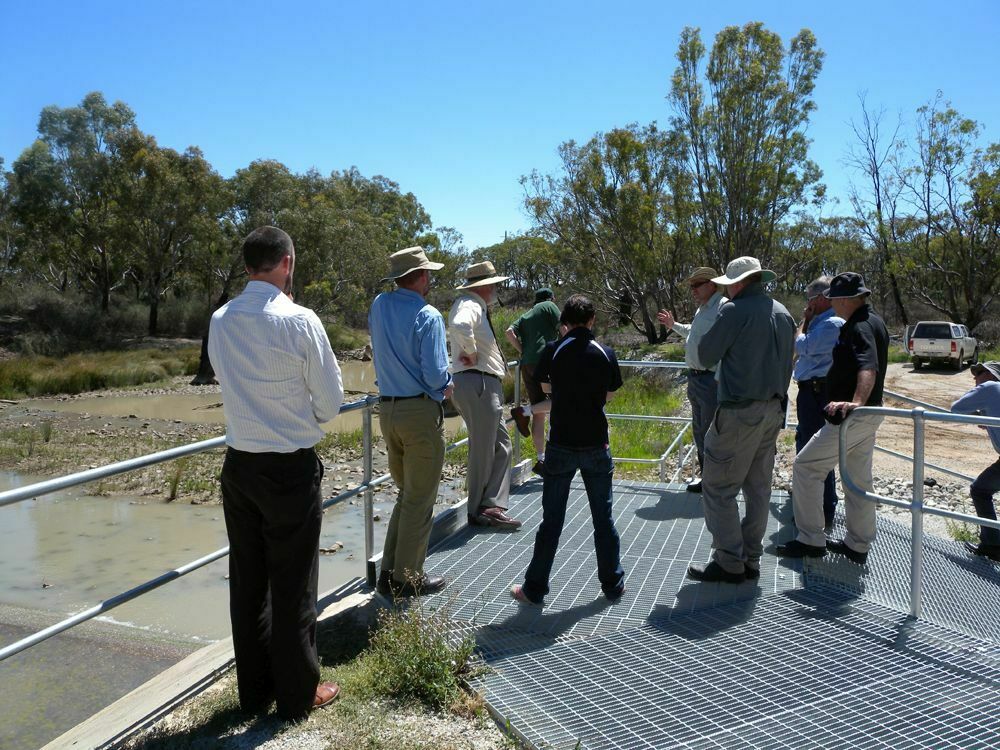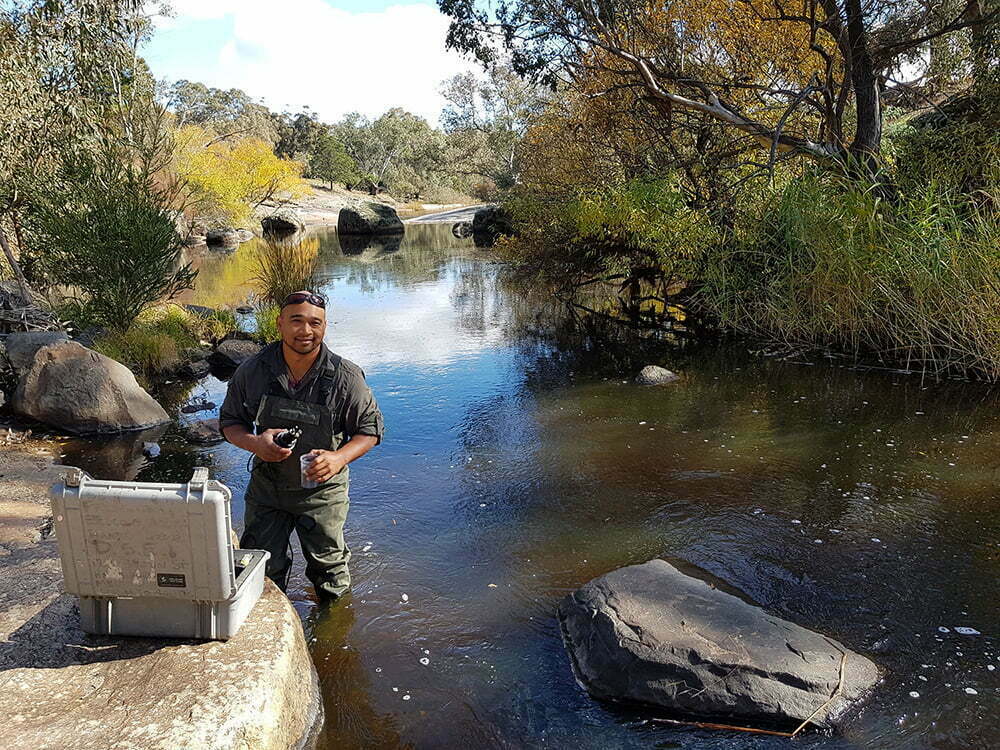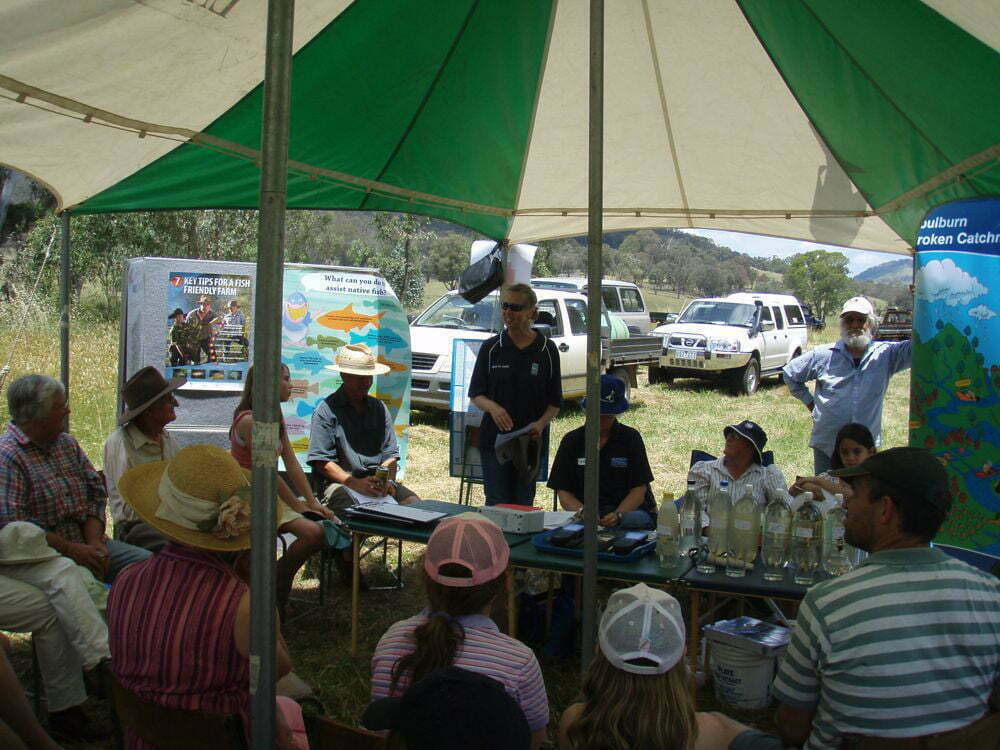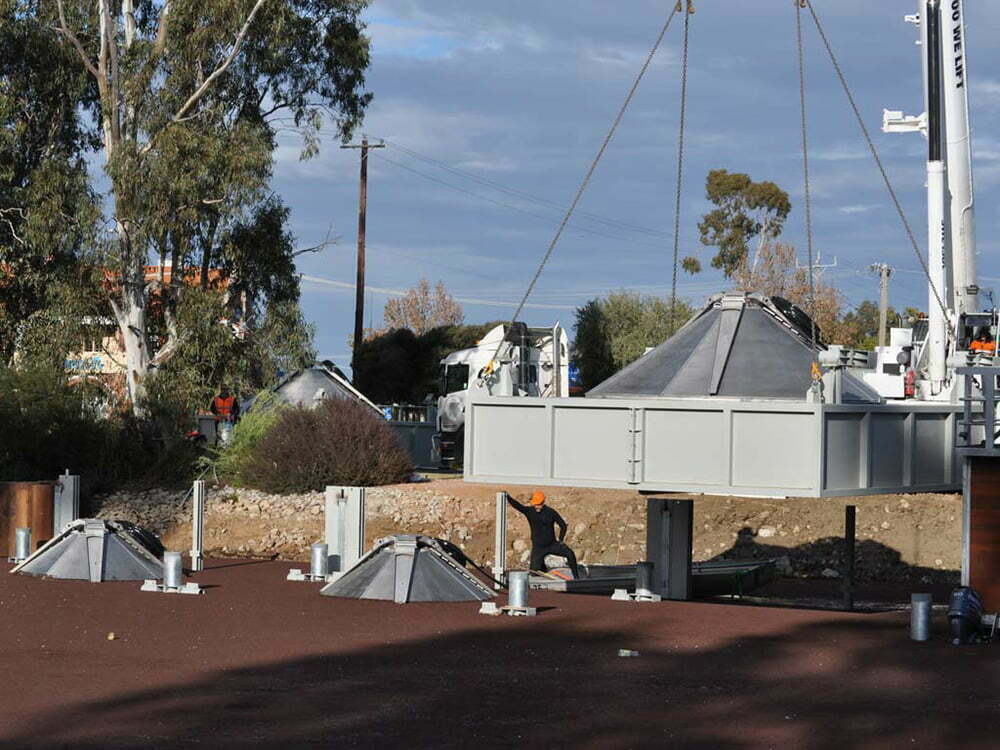Native Fish Demonstration Reach Guide: Pillar 2 – Planning

Demonstration reaches use an integrated approach to rehabilitation through the implementation of multiple interventions over a long period, so a comprehensive approach to planning all aspects is essential from the start. The production of planning documents ensures that the project is carried out in a properly integrated and strategic manner. The project’s aims, approaches, targets, actions and results should all be documented and accessible to a broad audience, maximising transparency and helping engage, inform and involve the community. These documents also provide a convincing “portfolio” when addressing funding bodies or likely partners to gain support, since the proposed actions, likely benefits and priorities are clearly explained. Funding bodies increasingly expect comprehensive and clear reporting on the outcomes of their investment.
Planning effort is often concentrated in the early stages of demonstration reach establishment, and should be done holistically. The Whole of Life Plan, Monitoring and Evaluation Plan, and Communication and Engagement Plan should be developed in parallel, and complement each other.
Once key documents are prepared, they serve as reference documents throughout the life of the project, providing a structure which facilitates reporting on milestones and project evaluation over time. Given that demonstration reaches are long term projects, comprehensive documentation also helps in continuity, where changes in staff and community representatives can occur. Comprehensive plans can make the most of limited resources by identifying priorities, focusing effort on clear actions, and ensuring everyone is on the same page. They can also serve as valuable references and templates for other demonstration reaches.
This Pillar outlines how to select an appropriate site, establish a vision, prepare relevant planning documents, and address funding issues. Each component of the ‘Planning’ Pillar includes key points to consider when establishing a new demonstration reach.
Key points to keep in mind
While each demonstration reach will require its own particular approach, there are likely to be many commonalities, for example:
- Site selection will strongly influence the likely success of the demonstration reach in achieving ecological, recreational and community objectives.
- Site selection needs to take into account, at a minumum, the six key criteria outlined further below. Supplementary criteria should also be considered, based on input from the local community, scientists and catchment managers.
- Establishing a common vision about improving the state of the river reach should be developed early on in the project and agreed upon by all involved. This then needs to be shared with the broader community.
- The vision must reflect the ecological condition the community wishes the reach to achieve in the future. It needs to be realistic and achievable.
- A Whole of Life Plan represents the core planning document to guide implementation of a demonstration reach project. This should be prepared in the early stages so that managers and other stakeholders can use it to guide and assess the project’s progress.
- A Communication and Engagement Plan is a blueprint for keeping target audiences and stakeholders informed and engaged throughout the life of the demonstration reach.
- A Monitoring and Evaluation Plan provides a scientifically robust and cost effective framework to guide the assessment of the ecological response to river rehabilitation. It provides a program of activities, and gives funders greater confidence of success by focusing resources on key evaluations.
- A Monitoring and Evaluation Plan guides assessment of the community response to communication and engagement activities within demonstration reaches.
- Strategic forward planning is needed from the start of a project, to identify long term potential funding opportunities and partnerships, as well as to ensure linkages with existing programs and initiatives.
- The preparation of comprehensive planning documents, dissemination of information, and quantification of progress to achieve outcomes, are all ways to maximise the appeal of demonstration reaches to potential funders.





